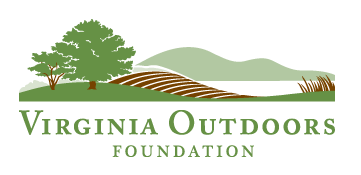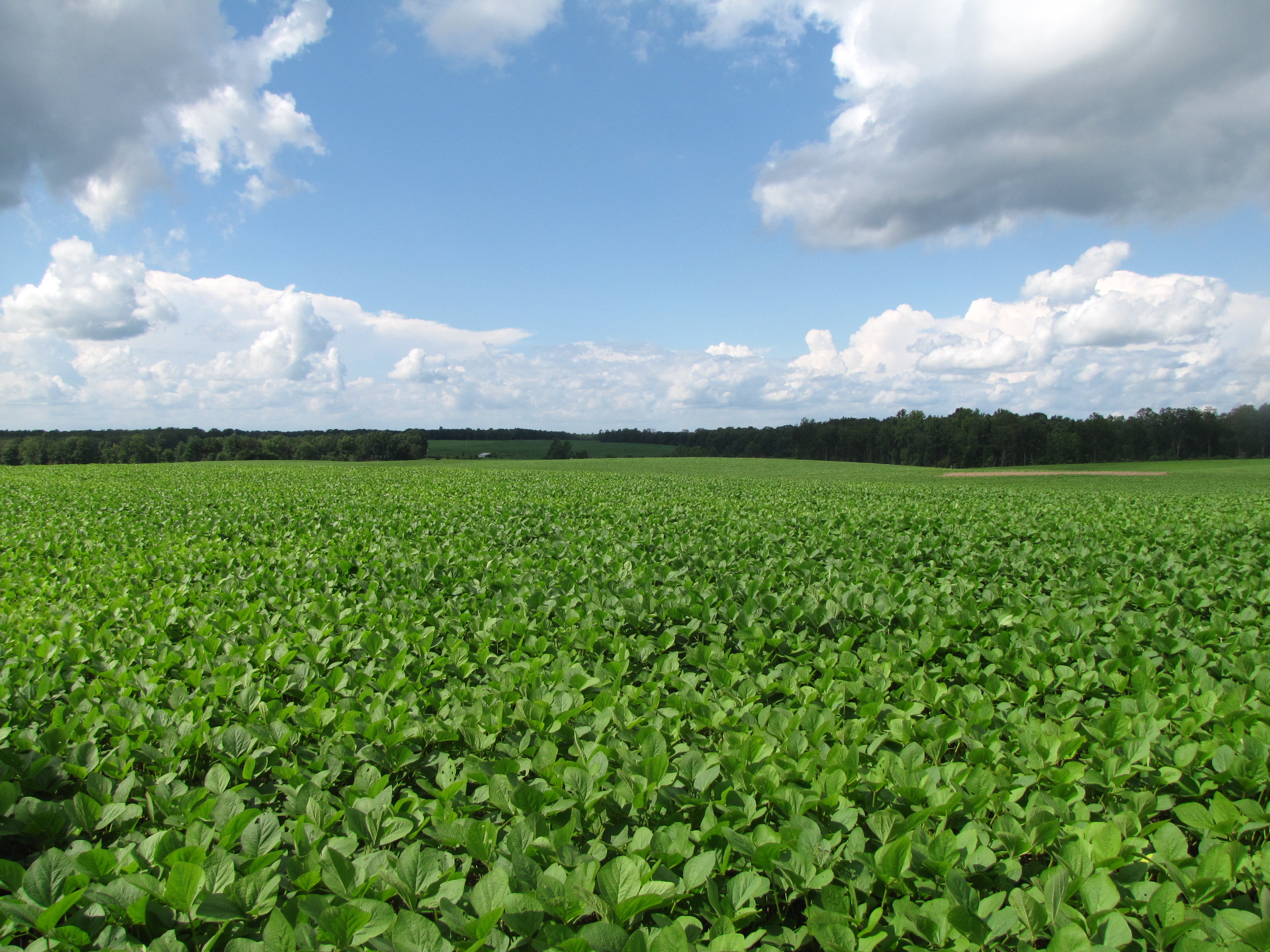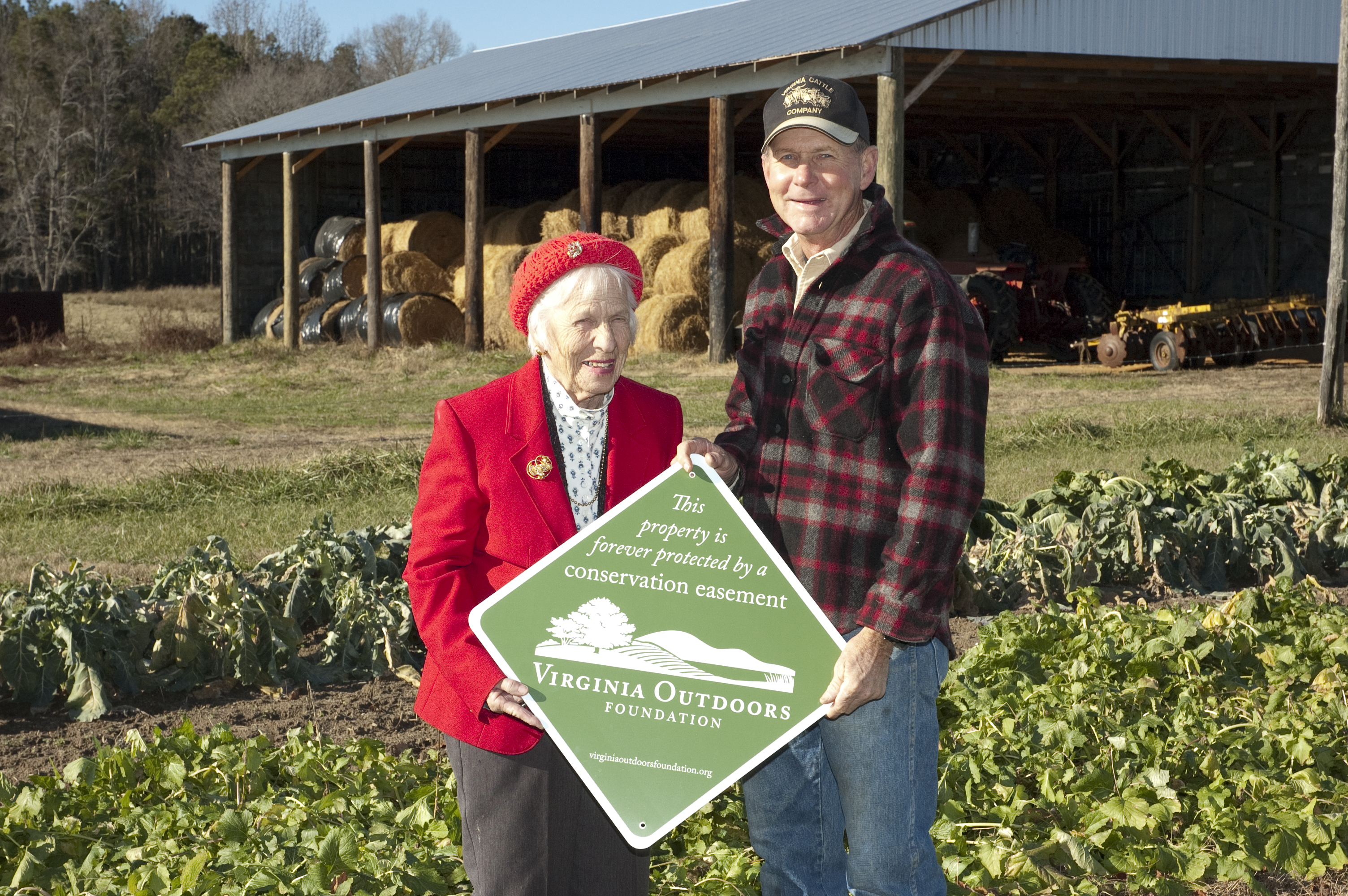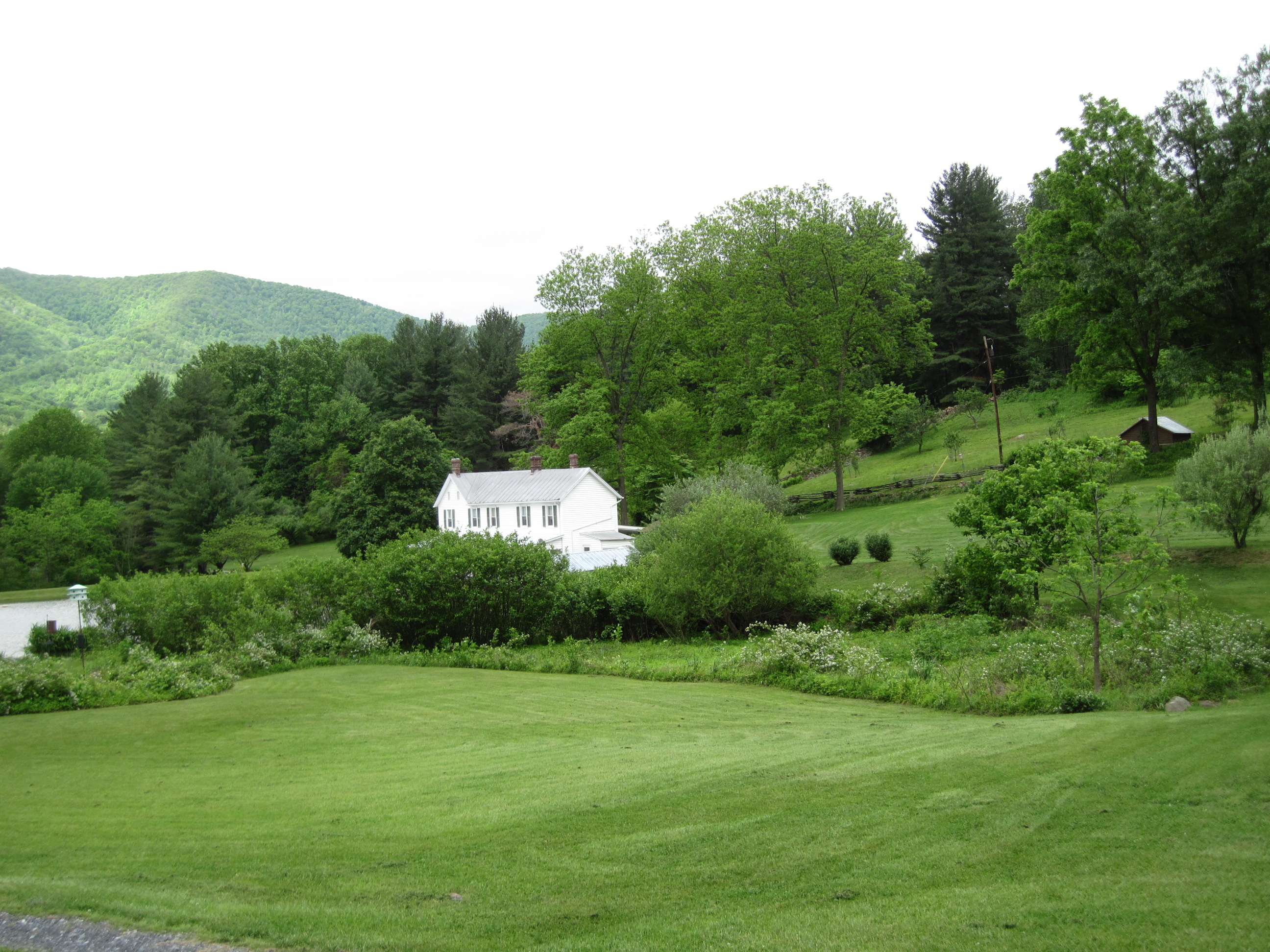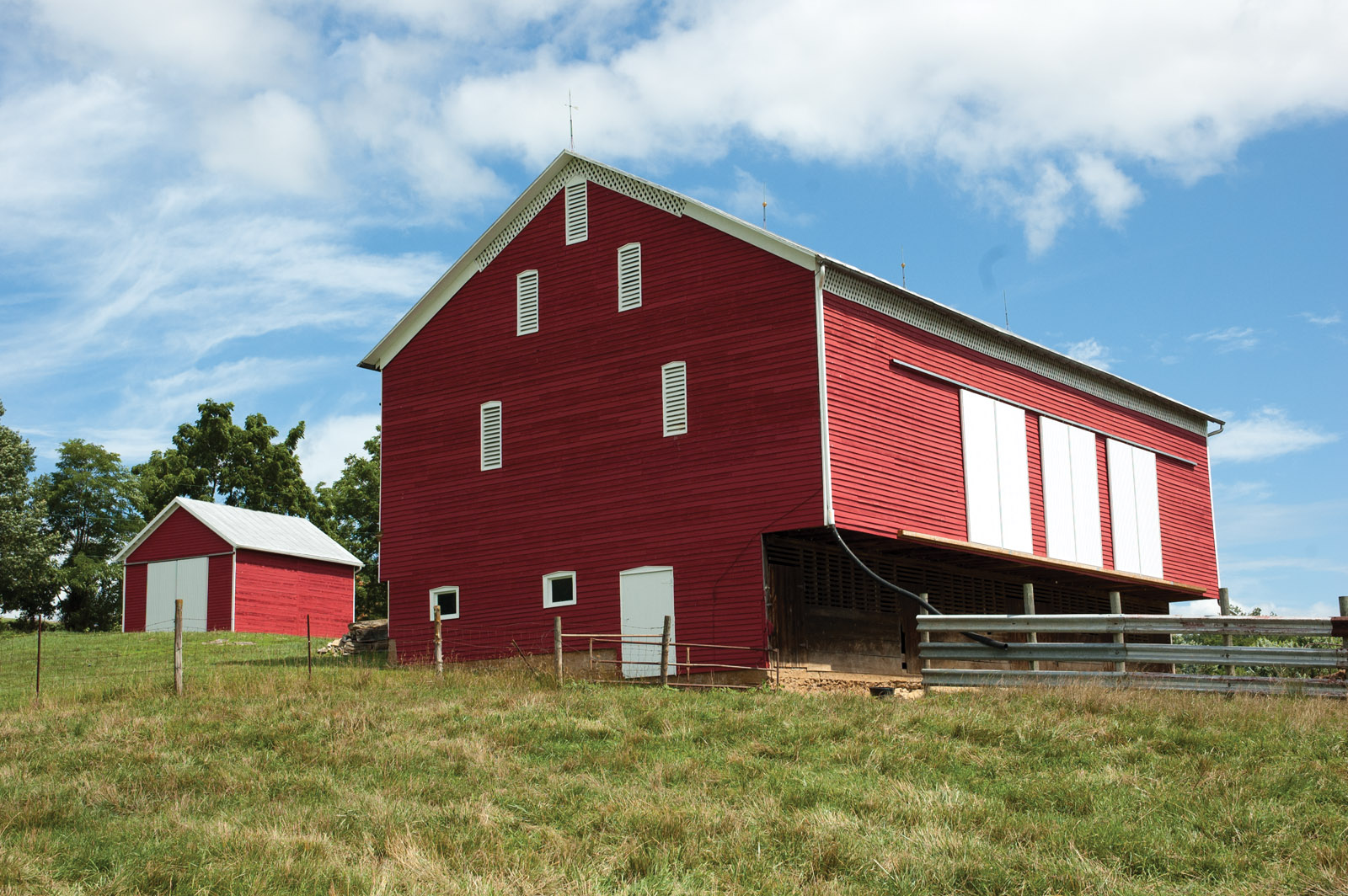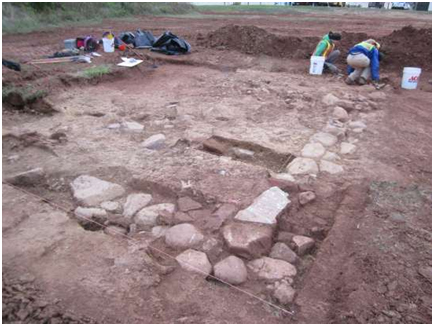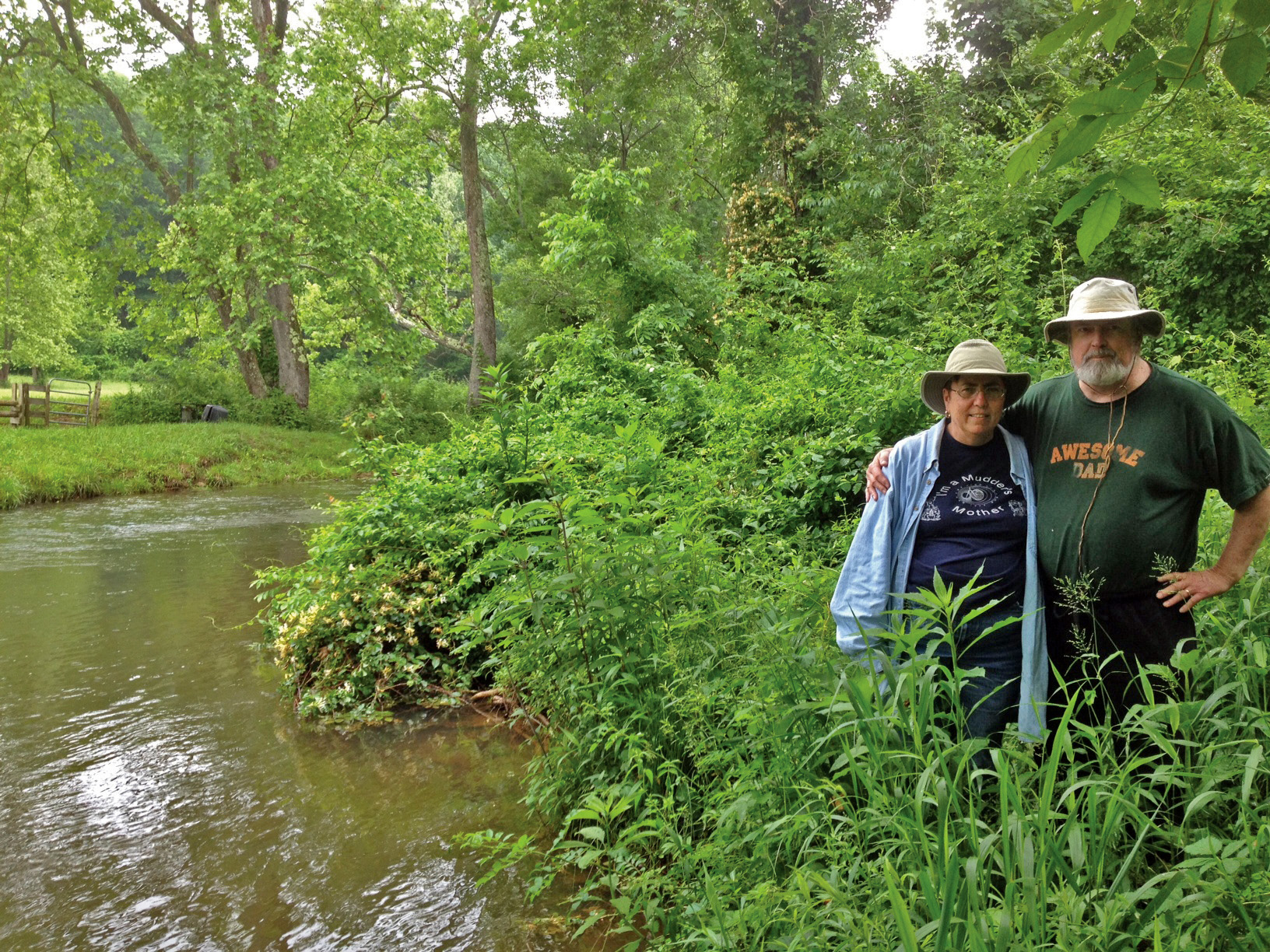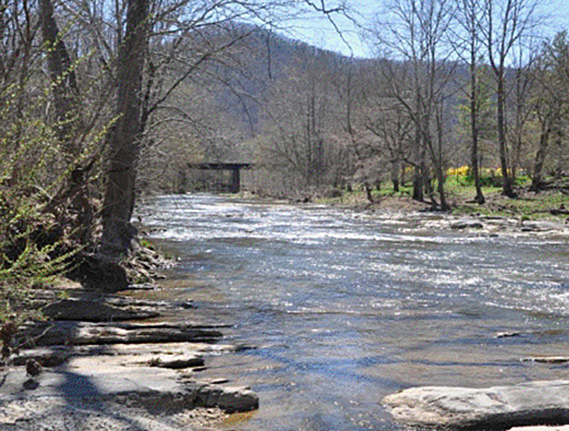Rappahannock is a small county with a big penchant for preservation. Of its 170,825 acres, roughly 35 percent, or 60,000 acres, are protected—half in Shenandoah National Park and half in conservation easements on private land, mostly held by the Virginia Outdoors Foundation.
About 6,700 of VOF’s easement acres lie within the Jordan River watershed. From its headwaters in the park, the Jordan winds east through beautiful rolling hills for 12 miles through northern Rappahannock. Shortly after it flows under Route 522, it parallels a twisting country road, North Poes, for 6.5 miles before joining the Rappahannock River. Anyone traveling on North Poes will drive past a VOF easement on one or both sides of the road the entire way. The easements form an almost continuous corridor of protected forestland and open space along the river, helping ensure its status as a state-designated Scenic River.
Easement donors along the Jordan represent a mix of incomes, livelihoods, and history with their land, but there’s one thing they have in common, says Kristin Ford, VOF’s assistant director of easements: “They realize how special the area is. The whole conservation community works together to let people know about easements—to help protect their land and keep it in the family.”
Land parcels throughout the county have been put together, split apart, and rejoined at various times—a pattern that fits the 2012 easement donations along the Jordan. Two are from siblings in the Vierling family. Larry, Karen, and Bruce Vierling, all now past 60, inherited three parcels that their father had purchased from local farming families in 1958 and combined into a single farm. He needed to have a place to store the airplane parts he sold, Karen says, and also enjoyed being a “gentleman farmer” when he had the time, raising a line of prize Hereford cattle. The three kids grew up spending their summers and weekends there in an old brick farmhouse.
“It was my dad’s church,” Karen says. “He loved to walk the land, and I’d walk with him. This is what feels like home to me.”
Now married to Jay Allen, Karen says she and her brothers divided the farm among themselves when they inherited it and sold 25 acres with the old farm house on it to Laura Morris, Larry’s daughter. Laura was the first in the Vierling family to donate an easement to VOF, in 2008, and encouraged her parents and aunt to do the same. Laura’s efforts, Karen says, along with those of the Piedmont Environmental Council’s conservation land officer for Rappahannock, Don Loock, led her and her brother Larry to jointly donate easements on their properties last year.
“We’ve been really lucky that my father had the foresight to buy the property back when it was affordable,” Karen says. She notes that she and Jay would likely have donated an easement without the associated tax incentives, but the ability to sell the tax credits that came with the easement enabled them to build a house on the property, where they plan to live out their lives.
***
The concentration of easements along North Poes Road all began with a single easement donated by Bob and Barbara Dennis in 1977. At the time, Bob was the executive director of the Piedmont Environmental Council, and he promoted easements among his neighbors and other Rappahannock landowners, often through neighborhood brunches.
One of the things that makes Rappahannock special, says VOF’s Kristin Ford, is that landowners “have such a deep love for the county” and “have been instrumental in getting the word out to other landowners.” Neighborhood gatherings, such as the brunches, are a great way to get landowners interested, she says. “When their own neighbors are at a neighborhood gathering, they feel they’re in a comfortable spot to just begin the discussion.”
Easements are the first line of defense against rampant development and in protecting family farms, but conservation organizations are increasingly looking to the bigger picture—how to protect entire ecosystems. Given Rappahannock’s proximity to the national park, it has important waterways and wildlife corridors, says Ford. “Everything is connected. The bigger the block of protected acreage, the better it is for wildlife, but also for keeping farming and forestry viable.” That in turn drives other aspects of the local economy, she adds.
More and more, easement donors are expressing interest in going beyond that first step toward protecting wildlife. As a result, conservation organizations that were focused on easements are now also providing more programs on wildlife habitat for landowners. In one of these programs, the Virginia Working Landscapes—coordinated by the Smithsonian Conservation Biology Institute and supported by VOF, PEC, and others—a group of landowners engage in various habitat-restoration projects on their land.
The Allens are looking into joining the program and recently attended two of its workshops—on managing riparian areas and on pollinators. Another 2012 easement donor along the Jordan River, Helen DuBois, is already a member of the group. She feels strongly about conservation, saying that, while the opportunity to lower her taxes “was a nice benefit,” she was really driven by the desire to reassemble a larger parcel of land that then could not be further developed.
“Our easement collapses three parcels that might otherwise contribute to increased forest fragmentation and greater invasives along the woods’ edge,” she explains. “In that sense, the granting of the easement helps ensure that the Jordan River frontage will remain largely wild and intact.”
With her kids now graduating from college, Helen says she is taking more time for volunteer conservation work. She’d like to make her property, which is classified as a “high priority conservation area” by the Virginia Department of Forestry, more wildlife friendly by planting select areas in wildflowers and native grasses.
Both Helen and the Allens continue looking for ways to be good stewards of their land. In this small corner of Virginia, determination likes theirs is achieving big results.
—Pam Owen is a journalist, photographer, and lifelong conservationist. Her column, “Wild Things,” appears regularly in the Rappahannock News.
